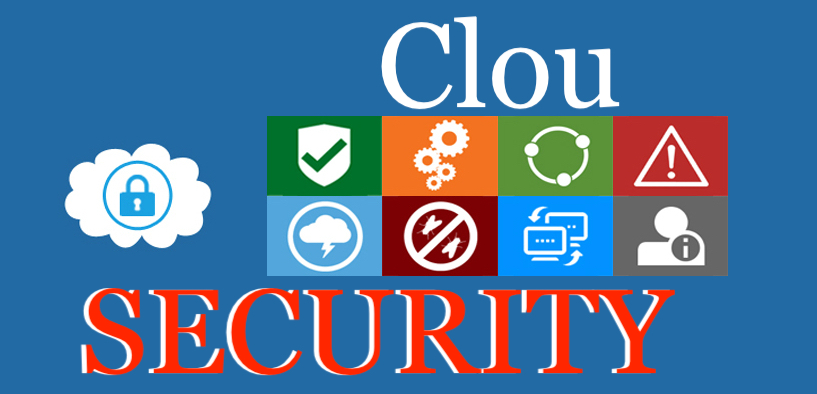Cloud Computing and Enterprise Computing faces the same Security Threats. And because the distribution method used by cloud computing makes it more public than necessary, people believe that cloud computing is inherently insecure.
But research shows that the security of cloud computing is not much lower than that of enterprise computing. Due to the random nature of cyber attacks, both small organizations and large enterprises face the threat of being attacked.
Organizations and enterprises are the targets of online attacks, and the real entry point for these attacks is those insecure personal computers . These hijacked PCs have become the backbone of the cybercriminals’ arsenal, carrying out brute force attacks on different networks, whether under the cloud infrastructure or in other infrastructures.
The facts show that no matter what kind of infrastructure the user uses, the security of your computer cannot be guaranteed. Government networks and those in the scientific and technological fields are more vulnerable to attacks because their information is more valuable.
Recommended Articles
- Working Safely from Home – Online Security Measures in this Pandemic
- Importance of Web App Security over the Increasing Web Application Attacks
- Hybrid Cloud Security Puzzle: Integrated Solutions for Cloud Computing
- Make Sure Your Security Policies Survive the Transition to the Cloud
- Best Methods to Improve Information Security in Companies
- Healthy Ways to Guarantee Public Cloud Security: Best Practices & Guidelines
According to the 2012 Fall Cloud Security Report released by AlertLogic, cyber attacks do not target specific industries or specific organization scales, but rather depend on the infrastructure. External threats will invade through multiple channels, whether it is enterprise computing or cloud computing, there is also the possibility of being attacked. The reason is as mentioned before, cyber attacks are random in nature.
The reason why cyber attacks are not aimed at a specific industry or a specific organization is that the weapon of cyber attackers is the Internet. Web application attacks not only target the service provider environment (53% of organizations), but also target the on-premise service environment (44% of organizations).
In fact, on-premise users usually experience more accidents than those in the service provider environment. The data shows that on-premise users suffered 61.4 attacks on average, while users in the service provider environment suffered only 27.8 attacks on average.
Main Cloud Security Issues and Threats in 2020/2021
- Misconfiguration
- Unauthorized Access.
- Insecure Interfaces/APIs.
- Hijacking of Accounts.
- Lack of Visibility.
- External Sharing of Data.
- Malicious Insiders.
- Cyberattacks.
Many organizations still rely on their own imagination as the basis for determining the infrastructure, and this imagination is that compared with enterprise computing or on-premise services, cloud computing is inherently more insecure. What companies should focus on is to use real data to assess their weaknesses, and then create a better plan for architectural security based on this.
Upcoming Topics
- 2021 Cloud security threats and solutions
- Top security threats to cloud computing
- Cloud computing security issues and challenges
- Cloud computing security issues and solutions
- Latest cloud computing threats and vulnerabilities
- New cloud security threats 2021/2022
- Top threats to cloud computing
- Security issues in cloud computing







